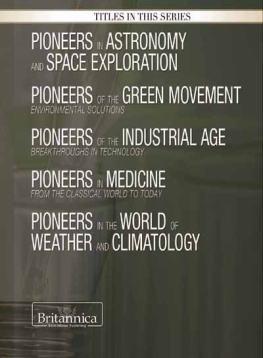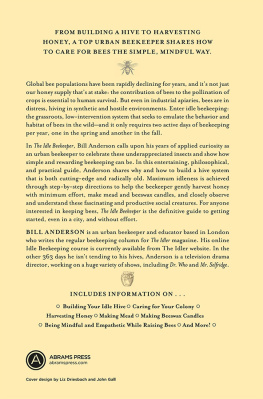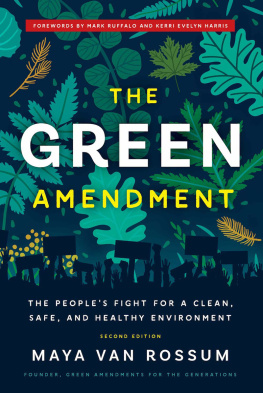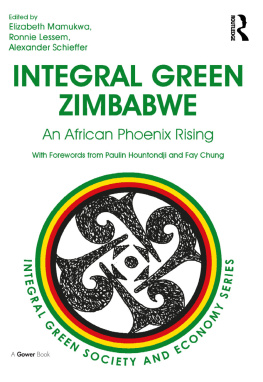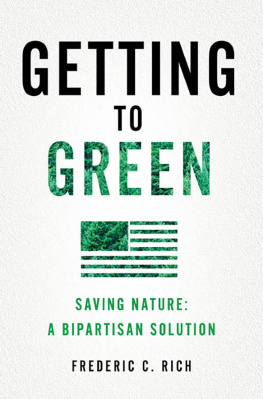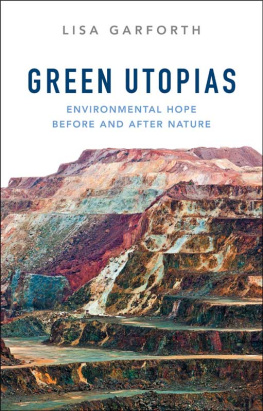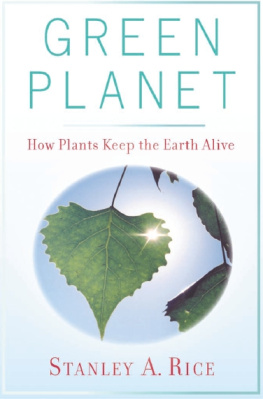PIONEERS OF THE GREEN MOVEMENT
ENVIRONMENTAL SOLUTIONS
INVENTORS AND INNOVATORS
PIONEERS OF THE GREEN MOVEMENT
ENVIRONMENTAL SOLUTIONS
Edited by Michael Anderson

Published in 2013 by Britannica Educational Publishing
(a trademark of Encyclopdia Britannica, Inc.)
in association with Rosen Educational Services, LLC
29 East 21st Street, New York, NY 10010.
Copyright 2013 Encyclopdia Britannica, Inc. Britannica, Encyclopdia Britannica, and the Thistle logo are registered trademarks of Encyclopdia Britannica, Inc. All rights reserved.
Rosen Educational Services materials copyright 2013 Rosen Educational Services, LLC. All rights reserved.
Distributed exclusively by Rosen Educational Services.
For a listing of additional Britannica Educational Publishing titles, call toll free (800) 237-9932.
First Edition
Britannica Educational Publishing
J.E. Luebering: Director, Core Reference Group, Encyclopdia Britannica
Adam Augustyn: Assistant Manager, Encyclopdia Britannica
Anthony L. Green: Editor, Comptons by Britannica
Michael Anderson: Senior Editor, Comptons by Britannica
Andrea R. Field: Senior Editor, Comptons by Britannica
Sherman Hollar: Senior Editor, Comptons by Britannica
Marilyn L. Barton: Senior Coordinator, Production Control
Steven Bosco: Director, Editorial Technologies
Lisa S. Braucher: Senior Producer and Data Editor
Yvette Charboneau: Senior Copy Editor
Kathy Nakamura: Manager, Media Acquisition
Rosen Educational Services
Jeanne Nagle: Senior Editor
Nelson S: Art Director
Cindy Reiman: Photography Manager
Brian Garvey: Designer, Cover Design
Introduction by Jeanne Nagle
Library of Congress Cataloging-in-Publication Data
Pioneers of the green movement : environmental solutions/edited by Michael Anderson.
p. cm.(Inventors and innovators)
In association with Britannica Educational Publishing, Rosen Educational Services.
Includes bibliographical references and index.
ISBN 978-1-61530-744-9 (eBook)
1. EnvironmentalistsBiographyJuvenile literature. 2. Green movementHistoryJuvenile literature. I. Anderson, Michael, 1972
GE55.P56 2013
333.720922dc23
2012008500
Cover, p. Shutterstock.com; interior background graphic (globe) iStockphoto.com/jimmyjamesbond
CONTENTS
INTRODUCTION

Yosemite National Park, Calif. Digital Vision/Getty Images
Nowadays, it is common for people to live green, meaning they act in ways meant to protect the environment. This has not always been the case. Long before recycling, sustainable energy, and other green concepts were popular in mainstream society, there was a much smaller group of dedicated individuals who made living in harmony with nature and preserving Earths precious resources a top priority. Through their words and actions, they encouraged others to lead environmentally friendly lives as well. These green pioneers are the subject of this book.
Protecting the environment for its own sake was not necessarily the main goal of some pioneering individuals. A man of science, Charles Darwin studied nature in an attempt to understand the origins of life. Although Darwin did not set out to find a reason to protect the environment, environmentalists have used his findings to support their cause ever since. Henry David Thoreau wrote about the joys to be found in the wilderness, yet he was an individualist long before he became a naturalist.
As president, Theodore Roosevelt set aside great stretches of land for the benefit of the public over private commercial interests. Two dedicated naturalists, John Muir and Gifford Pinchot, were heavily involved in Roosevelts conservation efforts. During a hiking trip with Roosevelt through what is now Yosemite National Park, Muir, who was the founder of the Sierra Club, convinced the president that the federal government should take action to save wilderness areas such as Yosemite. Subsequently, Roosevelt declared millions of acres of land as national forests. He also urged Congress to create the national Forest Service to protect the land, and appointed conservationist Pinchot head of the new agency.
Other politicians have been notable champions of the environment as well. Stewart Lee Udall helped establish several national parks and 50 wildlife refuges during his time as interior secretary under Presidents John F. Kennedy and Lyndon B. Johnson. His brother, Congressman Morris King (Mo) Udall, passed legislation that regulated strip mining and prevented oil drilling in an Alaskan wildlife refuge. More recently, former vice president Al Gore has become a leader in the fight against climate change and global warming.
Some green pioneers made their mark by focusing on a particular aspect of the environment. Sir Peter Markham Scott, Dian Fossey, and Jane Goodall concentrated their efforts on waterfowl, mountain gorillas, and chimpanzees, respectively. Others, following in the tradition of Thoreau and Muir, raised awareness of the cause by writing about environmental concerns. Biologist Rachel Carsons Silent Spring (1962) is considered a groundbreaking book that helped usher in the modern green movement. Journalist Ken Saro-Wiwas activism included writing articles and books detailing how land in his native Nigeria was destroyed by oil drilling.
Whatever the reason for their involvement, their particular method or special cause, the pioneers of the green movement have one thing in common: a concern for the natural world that urged them to take action. Their work lives on in the millions of people worldwide who, today and in the future, choose to live green.
CHAPTER 1
CHARLES DARWIN
The theory of evolution by natural selection that was developed by Charles Darwin revolutionized the study of living things. In his Origin of Species (1859), he provided a scientific explanation of how the diverse species of plants and animals have descended over time from common ancestors. His theory remains central to the foundations of modern biology.
EARLY LIFE AND WORK
Charles Robert Darwin was born in Shrewsbury, England, on Feb. 12, 1809. An indifferent student, he had no interest in the classical languages and ancient history taught in school. Instead, he liked to collect shells, birds eggs, and coins. He also watched birds and insects, and helped his brother make chemical experiments at home.
At age 16 Darwin began to study medicine at the University of Edinburgh. There, too, he found the courses dull, and watching operations made him ill. In 1828 he transferred to Cambridge, intending to become a clergyman. Instead, he devoted most of his time to studying plants and animals and, later, to geology. He received his bachelors degree in 1831.

A watercolor depicts Charles Darwin in the 1830s. Photos.com/Jupiterimages
Then came the event that shaped his lifean appointment as unpaid naturalist on the exploring ship Beagle. The vessel left England in December 1831 to chart the southern coasts of South America and sail around the world. The voyage, with many side trips on land, lasted until October 1836. During those five years Darwin examined geologic formations, collected fossils, and studied plants and animals. He saw evidence of the many geologic changes that have been occurring over the course of eons, such as the land gradually rising in some places and falling in others. He also considered the great diversity of living things and thought about how the fossils he collected suggested that some kinds of mammals had become extinct. He returned home filled with questions.
Next page
